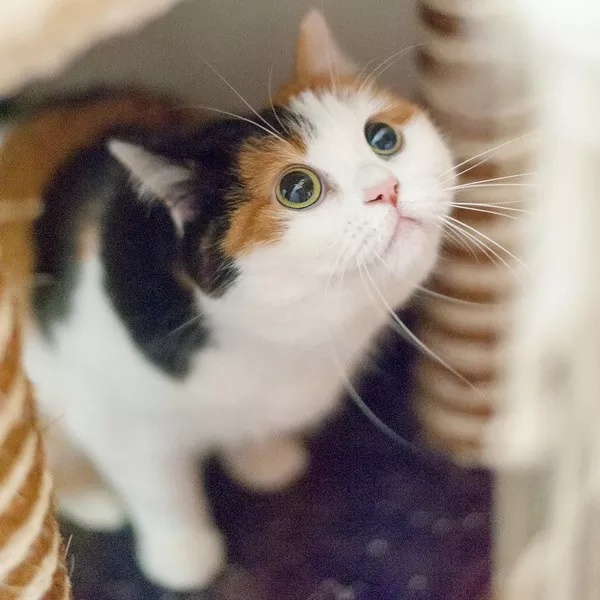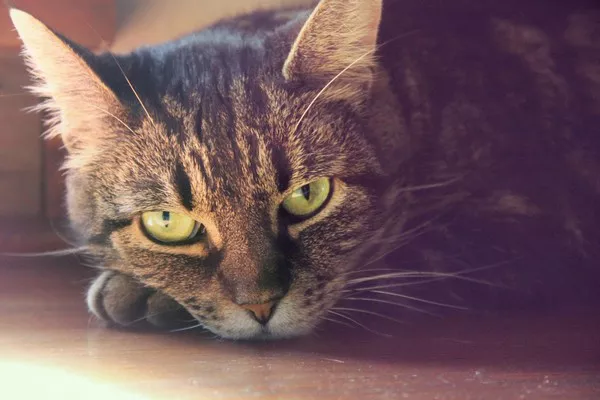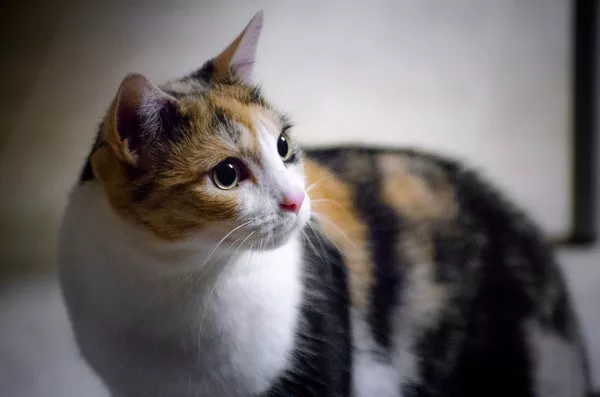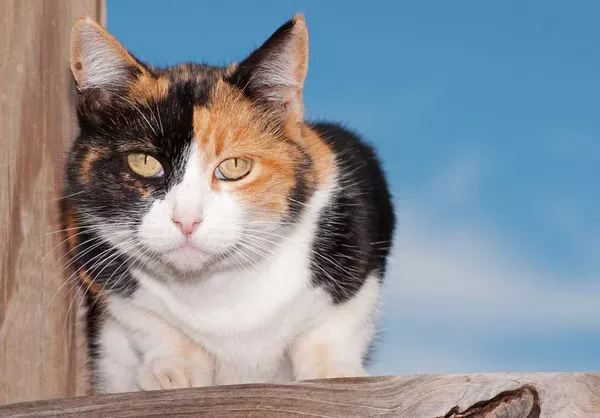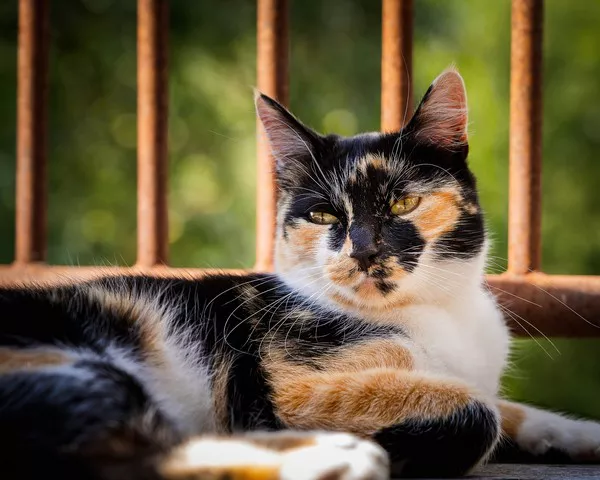Calico cats, with their distinctive tricolor coats, capture the hearts of cat enthusiasts around the world. As adored members of the family, calico cats often share moments at the dinner table, sparking curiosity about which human foods are safe and beneficial for their well-being. In this comprehensive guide, we explore a variety of feline-friendly human foods that can be incorporated into a calico cat’s diet. From nutritional considerations to potential health benefits, let’s embark on a journey to discover the delectable and safe options for these charming tricolored felines.
Understanding the Calico Cat’s Nutritional Needs
Before diving into the world of human foods for calico cats, it’s crucial to understand their nutritional requirements. Like all domestic cats, calicos are obligate carnivores, meaning their diet primarily consists of meat. Protein is a fundamental component of their diet, supporting essential bodily functions such as muscle development, immune system strength, and overall well-being.
In addition to protein, calico cats also need a balance of other nutrients, including:
1. Fats: Essential for energy and maintaining healthy skin and coat.
2. Carbohydrates: While not a primary energy source, some carbohydrates can be beneficial for digestion and provide additional energy.
3. Vitamins and Minerals: Essential for various physiological functions, including bone health, immune system support, and overall growth.
4. Water: Adequate hydration is crucial for a calico cat‘s health, supporting kidney function, digestion, and temperature regulation.
Considering these nutritional needs, it becomes evident that a calico cat’s diet should primarily consist of a high-quality commercial cat food that is specifically formulated to meet feline dietary requirements. However, incorporating small amounts of certain feline-friendly human foods can provide variety and additional nutrients to enhance their overall diet.
Safe and Feline-Friendly Human Foods
When considering human foods for calico cats, it’s important to prioritize items that are safe, non-toxic, and complement their nutritional needs. The following categories highlight a variety of human foods that can be introduced to a calico cat’s diet in moderation:
1. Lean Proteins:
Cooked Chicken: Skinless, boneless chicken provides a lean source of protein that many cats find irresistible. It can be boiled or baked without seasoning.
Turkey: Similar to chicken, plain cooked turkey is a palatable protein option for calico cats.
2. Fish:
Salmon: Cooked salmon, devoid of any seasonings, can be a tasty and nutritious treat. It is rich in omega-3 fatty acids, promoting skin and coat health.
Tuna: Plain, canned tuna in water (not oil) can be offered occasionally as a special treat. However, excessive tuna consumption should be avoided due to potential concerns about mercury levels.
3. Eggs:
Cooked Eggs: Scrambled or boiled eggs provide a protein boost for calico cats. Ensure they are thoroughly cooked to eliminate any risk of salmonella.
4. Dairy:
Plain Yogurt: In moderation, plain yogurt without added sugars or artificial sweeteners can be a source of probiotics and calcium. Some cats may be lactose intolerant, so monitor for any digestive issues.
5. Vegetables:
Cooked Pumpkin: A small amount of cooked and pureed pumpkin can be beneficial for digestive health. It is rich in fiber and may help alleviate constipation.
Steamed Broccoli: Offering tiny, bite-sized pieces of steamed broccoli can provide vitamins and minerals. However, too much may lead to digestive upset.
6. Fruits:
Blueberries: These antioxidant-rich berries can serve as a nutritious and tasty treat for calico cats. Ensure they are fresh and washed.
Bananas: Small amounts of mashed banana can be offered as an occasional treat. Bananas are a good source of potassium and vitamins.
7. Grains:
Cooked Quinoa or Rice: Plain, cooked quinoa or rice can provide a source of carbohydrates. These can be included in small amounts to add variety to the diet.
8. Herbs:
Catnip: Many calico cats enjoy the effects of catnip, which can be sprinkled on scratching posts or toys for entertainment.
9. Water:
Hydration is Essential: While not a human food, it’s crucial to emphasize the importance of water for calico cats. Adequate hydration supports overall health, and providing a clean and fresh water source is vital.
10. Homemade Cat Treats:
DIY Treats: Consider making homemade cat treats using cat-friendly ingredients, ensuring they are free from harmful additives or substances.
Safety Precautions and Moderation
While introducing human foods to a calico cat’s diet can be a delightful experience, it’s crucial to exercise caution and follow these safety precautions:
1. Moderation is Key: Human foods should be offered in moderation, comprising only a small percentage of the cat’s overall diet. The majority of their nutrition should come from a well-balanced commercial cat food.
2. Avoid Harmful Ingredients: Certain human foods, such as onions, garlic, chocolate, caffeine, alcohol, and artificial sweeteners, are toxic to cats and should be strictly avoided.
3. Consult with a Veterinarian: Before introducing new foods, consult with a veterinarian to ensure that they align with your calico cat’s specific dietary needs and any potential health concerns.
4. Monitor for Allergies or Sensitivities: Watch for any signs of allergies or sensitivities, such as vomiting, diarrhea, lethargy, or changes in behavior. If observed, discontinue the food and seek veterinary advice.
5. Serve Food in Bite-Sized Portions: When offering human foods, ensure they are cut into small, manageable pieces to prevent choking hazards.
6. Tailor to Individual Preferences: Cats, including calico cats, have individual preferences. Some may relish certain foods, while others may show little interest. Tailor offerings based on your cat’s preferences.
Conclusion
In conclusion, the culinary palette of calico cats can be enriched by introducing feline-friendly human foods in moderation. From lean proteins to fruits and vegetables, there are various options that can complement a calico cat’s diet and provide nutritional benefits. It’s essential to prioritize safety, monitor for any adverse reactions, and consult with a veterinarian to ensure that the chosen foods align with the individual cat’s health needs.
By incorporating a variety of safe and nutritious human foods, cat owners can enhance the dining experience for their calico companions while maintaining a balanced and health-focused approach to feline nutrition. Through careful consideration and mindful feeding practices, the bond between calico cats and their human families can flourish over shared moments of culinary delight.

